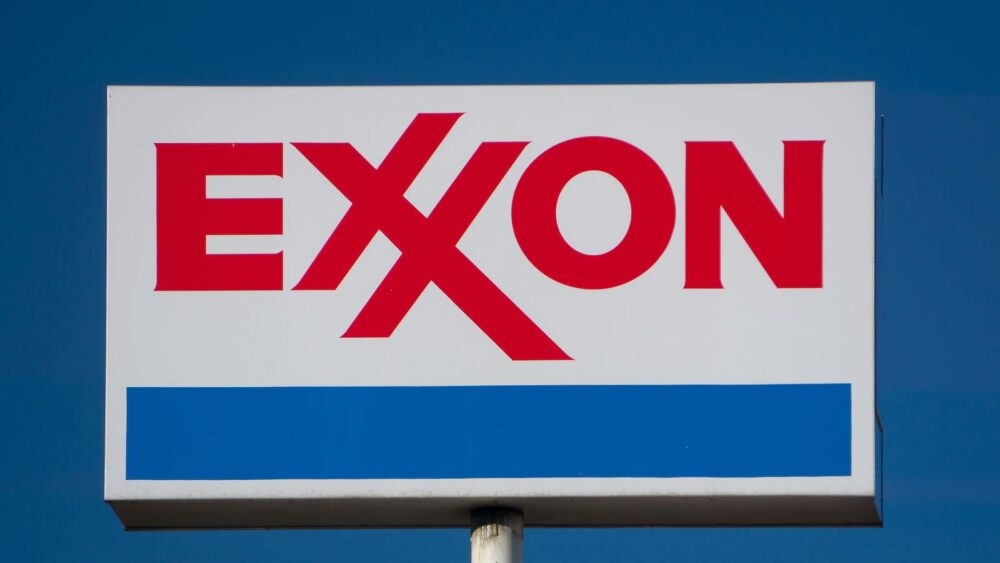Major oil companies are shifting their focus back toward the West in 2023.
Chevron and Exxon Mobil, the two largest U.S. oil companies, are planning to allocate more capital in North and South America, according to the Wall Street Journal.
Chevron said they will use 70% of capital allocated for production in oil fields in the U.S., Argentina, and Canada. Exxon is set to spend a similar percentage of its budget in the Permian Basin of West Texas and New Mexico, Guyana, Brazil, and liquefied natural gas projects, according to the WSJ.
Exxon Mobil CEO Darren Woods said the company’s Permian Basin business has reached record levels of 560,000 barrels a day in the most recent quarter.
As the oil giants focus on growing shareholder value and cutting expensive foreign drilling projects in Southeast Asia, West Africa, Russia, and Latin America, this westward shift is expected to continue for years.
“The cases of them going to new countries are few and far between,” said Ben Cahill, a senior fellow at the Center for Strategic and International Studies. “It’s a natural consequence of investors demanding high returns. Companies are being more selective.”
The decision to cut back overseas spending marks an “era of retrenchment” for oil companies who have notably spent years spanning the globe to pursue new projects, frequently forming partnerships with state-run companies in the most challenging, costly projects, according to the Wall Street Journal.
“Our ability to increase production while reducing cost improves our competitive position, benefits consumers, and generates capital to fund meaningful investments,” Woods said during the earnings call.
Furthermore, the U.S. shale revolution has mitigated Western oil companies’ concerns overall about securing oil supplies overseas.
Ten years ago, Exxon pursued global projects and made most of its money outside the U.S., according to the WSJ. Now, the company is making a concerted effort to tighten its operations, having planned since 2018 to sell at least $15 billion in assets to refocus its business on its most valuable assets.
In 2022, Exxon sold or proposed to sell assets in Chad, Cameroon, Egypt, Iraq, and Nigeria, as well as some investments in the U.S. and Canada.
“You have investors leaning on you harder than they have in the past,” said Neal Dingmann, an analyst at Truist Securities. “It’s going to be critical that they prune their other (noncore) businesses.”
Chevron similarly exited several international projects in Thailand and Indonesia in 2021. Last year it left Myanmar, citing human rights issues. Since 2019, the company has sold assets in Azerbaijan, Denmark, the UK, and Brazil, according to the WSJ.
In 2021, Exxon’s land holdings with active wells were 18% smaller than in 2010, while Chevron’s were 40% smaller, according to FactSet data. As both companies cut costs, their earnings increased as both companies hit record quarterly profits in 2022.
Exxon said in December it would spend $25 billion each year through 2027 and aims to increase oil and gas production by 500,000 barrels a day over the next five years. The company also plans to cut $9 billion in costs by the end of the year compared to 2019.
Chevron is set to increase spending by 25% this year to $14 billion, according to Oil & Gas Journal.
Investors may not be convinced both companies will sustain these cuts, and it could be a while until they believe companies have permanently altered their spending patterns.
“They don’t think the industry will stick to capital discipline,” said Kevin Holt, a portfolio manager at Invesco. “It’s going to take a little more time.”
Shifting geopolitics has played a role in oil companies refocusing their efforts closer to headquarters.
Last year, Exxon left Russia completely after the Kremlin unilaterally wiped out its stake in a significant oil-and-gas project it had operated since the 1990s after the company tried to leave the partnership following Russia’s invasion of Ukraine. Exxon valued its Russian business at $4 billion.
Exxon and Chevron say they plan to provide low-carbon technologies to other companies and could explore partnerships with countries and state-run companies that typically do not have access to them.
“The majors are quite well positioned to develop the new technologies like hydrogen, carbon capture, and other new things that will help the industry decarbonize,” said Tatiana Mitrova, a research fellow at Columbia University’s center on Global Energy Policy.

